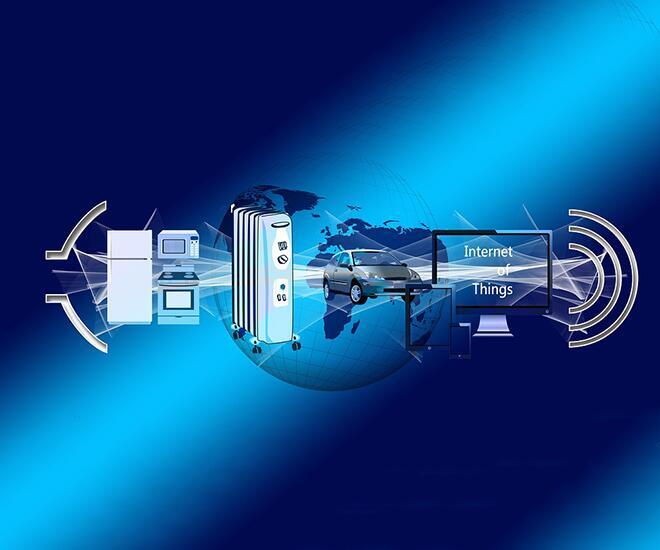Will carriers adopt ‘single sign-on’ data platform?
Article By : Junko Yoshida

Radical changes in the providers' networks and technologies will enable them to offer quantity and variety of flexible services in the IoT and 5G era.
« Previously: 5G, IoT, smartphones become carrier’s might
In the dawn of the IoT era, communications network providers are in dire anticipation of where and how the mobile industry is moving. This might be one of the most interesting topics in Barcelona Mobile World Congress (MWC) this year.
Carriers today, caught between a rock and a smartphone, are at a critical juncture to re-examine their business model, according to Francesco Venturini, global industry managing director, Media and Communications for Accenture.
The easiest option for carriers is to stick to their traditional model, selling voice, data and access.
Or they can go vertical, negotiating to acquire content and bundle it in their services. As exemplified in AT&T’s pursuit of Time Warner, today’s carrier wants programming optimised for presentation on mobile devices, gains knowledge about personalised ways to view sports and other live events, and integrates professionally produced content with virtual reality or augmented reality services. Such a vertical content play, however, comes with a hefty price tag and requires deep pockets.
Carriers have a third option, though, said Venturini. “Become a platform” company.
Communications providers on ‘platform’
The concept of a “platform” is familiar to tech companies, but alien to communication service providers. By platform, Venturini means, carriers open up their API, make their platforms available to third parties and treat all the third parties equally.
As a platform company, a carrier becomes “a single sign-on” data platform on which they can use collected data as trading currency, he explained. Noting that communication service providers have been traditionally strong with “ID management,” he said their platforms can be opened to a plethora of startups, enabling them to offer services.
Venturini said that carriers understand all the options available. “But these are very tough decisions.”
The radical shift by communication service providers into the platform business will invite radical changes in their networks and technologies, which will enable them in the IoT and 5G era.
The many new uses within the 5G network, for example, will require virtually dedicated networks to cope with specific requirements and service levels. New strategies will be needed to manage the quantity and variety of network elements with flexible services.
As a result, the hottest conversations at MWC will shift from the smartphone market to topics like Software-Defined Network (SDN) and Network Function Virtualisation (NFV) that must be put in place to enable self-organising and self-healing networks.
First published by EE Times.